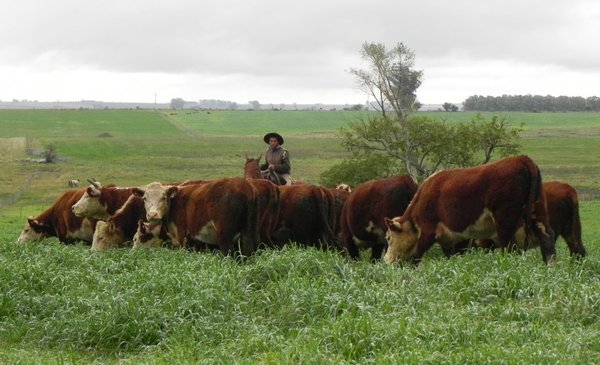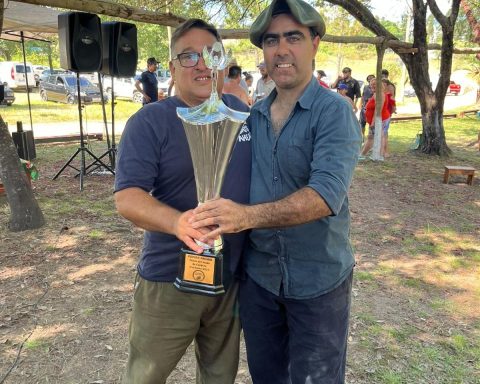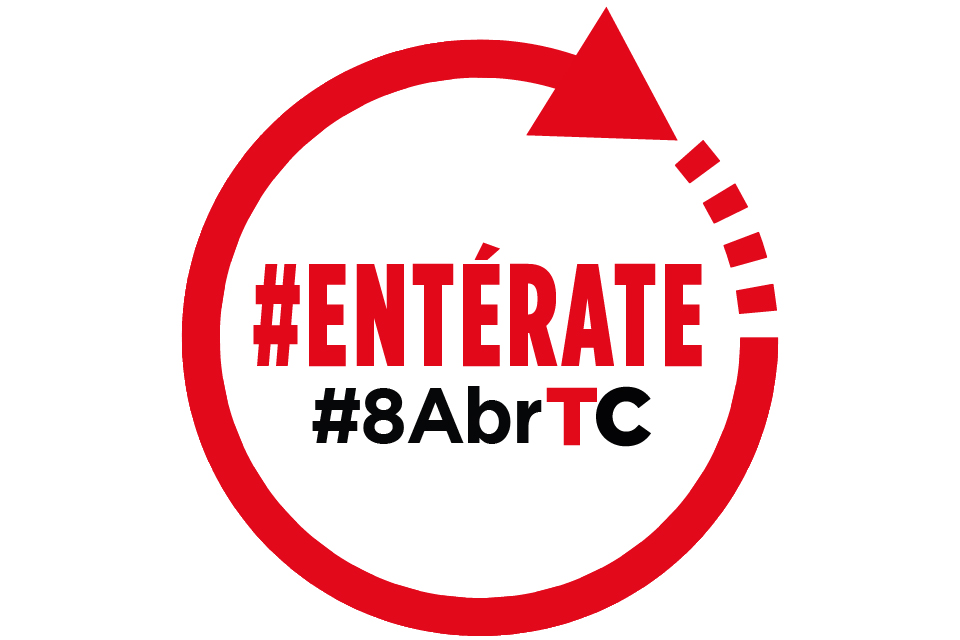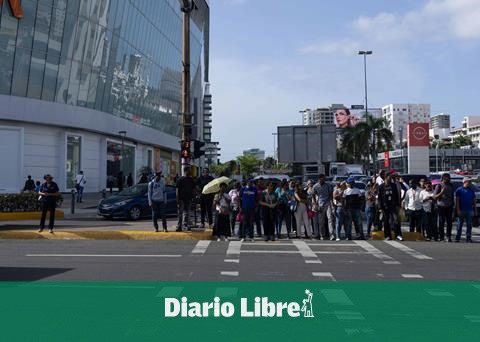The recent rains were very welcome in the cattle fields, as in the rest where there are productive systems. In the case of farms with cattle, the usefulness of rainfall, after an extensive and intense drought whose damages will continue to be felt for a long time, will begin to be noticed as the weeks go by this fallbasically with a recovery of the natural field and other sources of food for the animals.
Anyway, It remains for there to be again a significant supply of well-finished bovineswarned Joaquín Falcón, president of the Livestock Shippers Association (ACG).
The businessman explained to The Observer that, even if there were more cents in the offer for fat cattle, those very fat animals do not automatically appearit is necessary to wait because a notorious loss of quality in the haciendas continues to be appreciated.
“The general reduction in the quality of cattle, the delay in wintering, continues to be reflected, the water deficit was very important, the supply of fat cattle is very low,” he said.
A year ago, he recalled, without the problems of the drought and with a more active demand in the international markets, especially from China, which continues to be the main destination for Uruguayan meats, industrial activity was obviously greater.
In recent times too a lower level of cattle from pens had an impact, because the equation does not close based on the value of the grains and the prices of the farms.
John Samuelle
Less supply from the corrals, where the numbers are not closing well.
Falcón pointed out another situational reality, with the drought as a trigger: many cattle went to the slaughterhouses before the beginning of the most problematic moment of the summer and others will leave from now on, as soon as they are in adequate conditions.
He pointed out that the subject must be constantly monitored, because there are industrial complexes that after Easter will resume their work and some will receive crews to work with the Kosher rite.

Last reference of values of the ACG.
“Values, I estimate, are going to remain stable”, however they will depend to a large extent on the signals that come from external markets.
In recent weeks, he commented, with a notoriously limited supply of well-finished cattle, activity has basically focused on animals for businesses where there is not a demand for animals of such high quality.
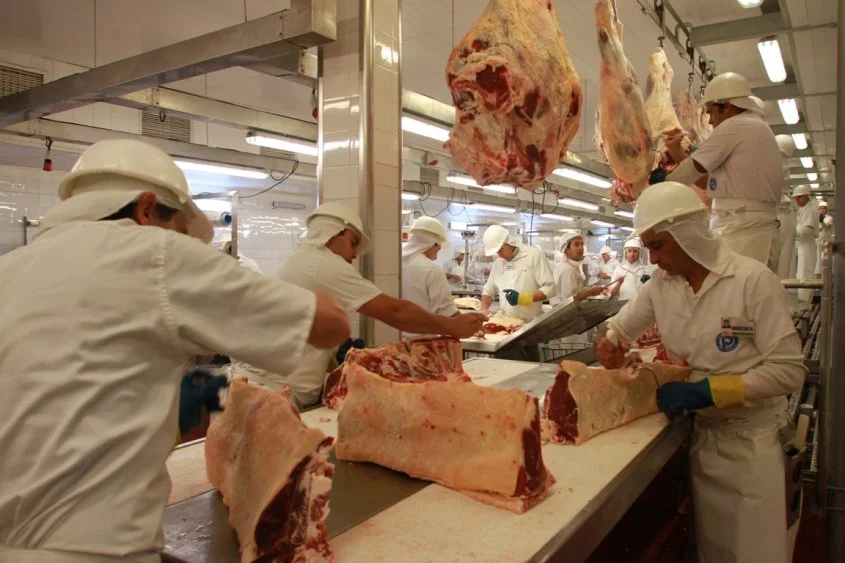
The slaughter of cattle and the industrialization of meat is less in 2023.
Slaughter 18.2% less in 2023
So far in 2023, the cattle slaughter reached 560,220 heads, 18.2% less in relation to the activity of the first three months of 2022based on data from the National Meat Institute (INAC).
Of the total slaughtered this year, 51% were steers, 32% cows and 14% heifers, considering the three main categories.
Broken down month by month, the slaughter of cattle fell 27.7% in January, fell 5.6% in February and fell 18.6% in March, compared those months of 2023 with those of 2022.
So far this year, the plants that slaughtered the most cattle with a share of 7% or more of the total were:
- Las Piedras Refrigerator 8.7%
- PUL (Melo) 7.7%
- Pando Refrigerator 7.5%
- BPU (Peach) 7.3%
- Carrasco Refrigerator 7%
- La Caballada (Montevideo) 7%
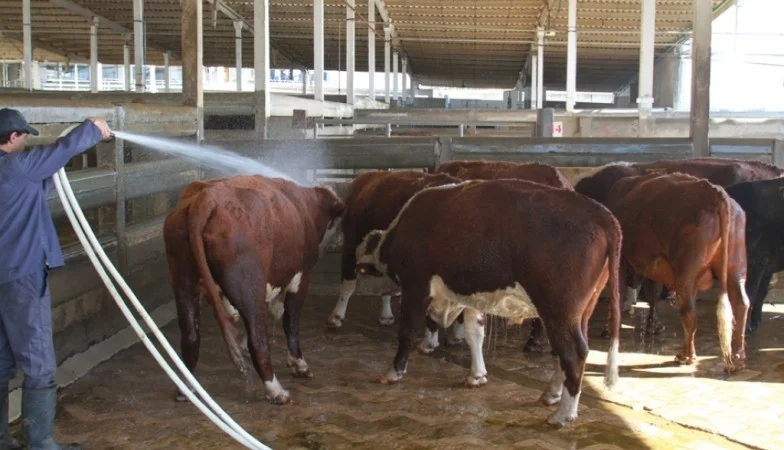
Cattle for slaughter, on the beach of the industrial complex.
the record
The annual cattle slaughter record was achieved in 2021 with a growth of 31.5% and a total of 2,638,301 head, followed in 2022 by a drop of 8.6%.
INAC also reported that So far in 2023, 80,884 tons of beef (shipping weight) were shipped to the different markets for US$ 474.2 million, with a 27.1% drop in value in relation to the same period of 2022. The price per ton (carcass weight) was US$ 4,317 for the initial three months (11.7% below the average value achieved a year ago).
